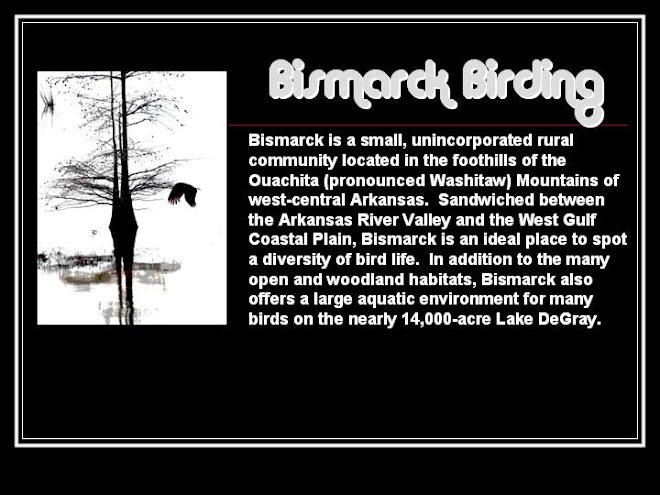


 The American Coot (Fulica americana) is common in freshwater lakes and DeGray is no exception. A few years ago many were looking very closely at these birds due to their connection with Bald Eagle deaths. Whatever was killing the Bald Eagles seemed to be moving up the food chain into coots that became sick and were eaten by the Bald Eagles. Thankfully, whatever was to blame for the deaths, has disappeared or become dormant.
The American Coot (Fulica americana) is common in freshwater lakes and DeGray is no exception. A few years ago many were looking very closely at these birds due to their connection with Bald Eagle deaths. Whatever was killing the Bald Eagles seemed to be moving up the food chain into coots that became sick and were eaten by the Bald Eagles. Thankfully, whatever was to blame for the deaths, has disappeared or become dormant.















